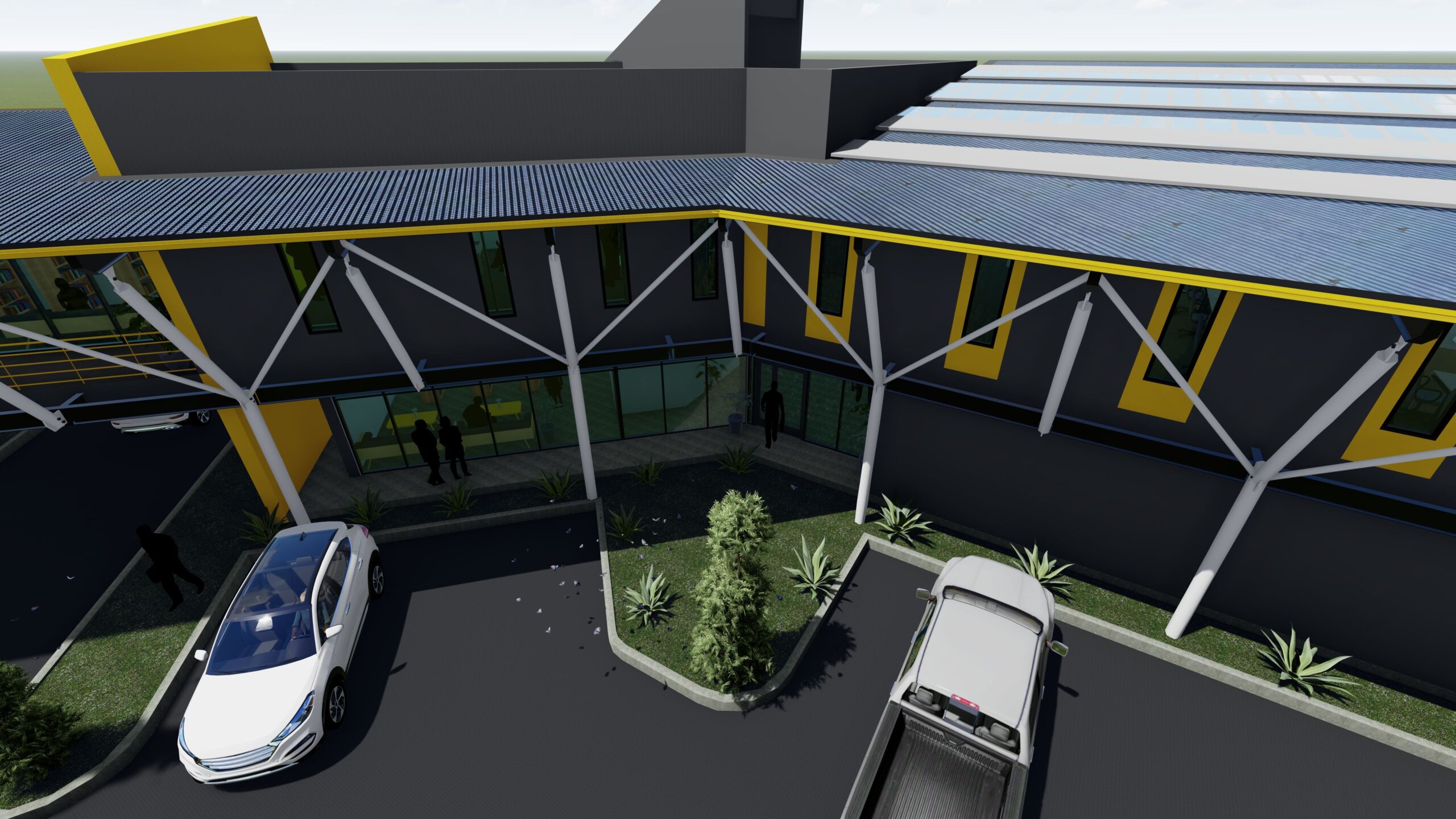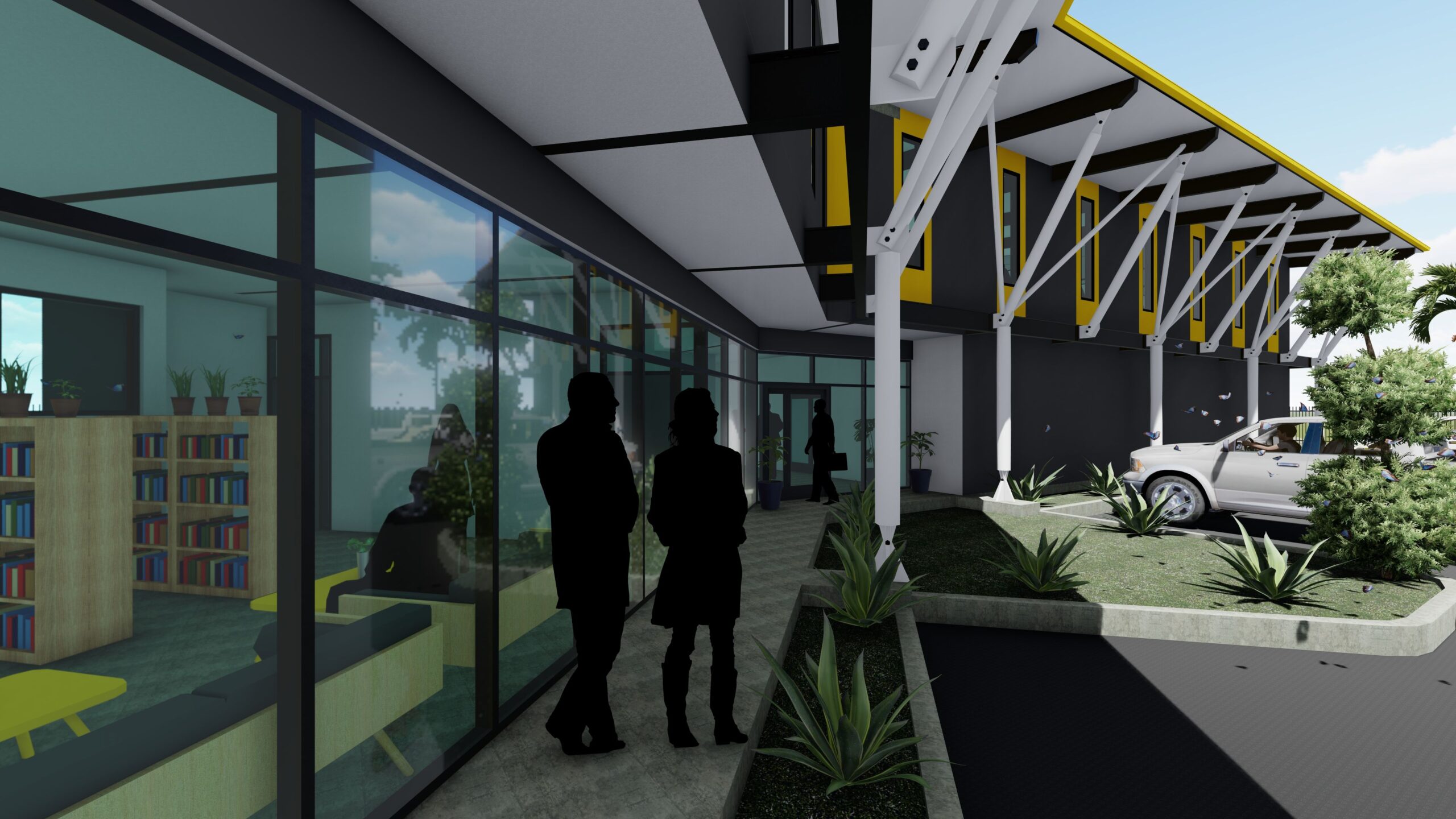
Cost planning is a critical aspect of project management that involves estimating, budgeting, and controlling the costs associated with a project. It is the process of determining and allocating the financial resources required for the successful completion of a project. Effective cost planning helps ensure that the project stays within budget and achieves the desired outcomes.
Here are the key components of cost planning:
Cost Estimation: Cost estimation involves predicting the expenses associated with various project activities. It includes estimating the costs of labor, materials, equipment, services, and other resources required to complete the project. Estimation techniques can vary depending on the project scope and available information. Common methods include historical data analysis, expert judgment, and parametric or bottom-up estimating.
Budgeting: Budgeting involves allocating the estimated costs to different project tasks, phases, or work packages. It helps establish a financial plan that outlines how the available resources will be allocated and controlled throughout the project. A project budget typically includes costs for labor, materials, subcontractors, overheads, contingencies, and any other relevant expenses. It provides a baseline against which actual costs can be tracked and managed.
Cost Control: Cost control is the process of monitoring and managing the project’s actual costs in comparison to the budgeted costs. It involves tracking expenses, analyzing any deviations, and taking corrective actions to keep the project within budget. Cost control measures may include regular financial reporting, variance analysis, change management, and adjusting resource allocations as necessary.
Value Engineering: Value engineering is an approach used to optimize costs without compromising project quality or functionality. It involves analyzing project components and processes to identify opportunities for cost savings or efficiency improvements. Value engineering aims to eliminate unnecessary expenses, find cost-effective alternatives, and maximize the value delivered by the project.
Contingency Planning: Contingency planning involves setting aside a portion of the budget to address unforeseen events or risks that may impact the project’s costs. It provides a financial buffer to handle unexpected changes, delays, or additional expenses that may arise during project execution. Contingency funds help mitigate the impact of uncertainties and ensure that the project remains financially viable.
Cost Reporting: Regular cost reporting is crucial for effective cost planning. It involves documenting and communicating the project’s financial status, including actual costs, budgeted costs, cost variances, and overall financial performance. Cost reports help project stakeholders, including project managers, sponsors, and clients, understand the project’s financial health and make informed decisions.
Life Cycle Costing: Life cycle costing takes into account the total costs associated with a project over its entire life cycle, including initial investment, operational and maintenance costs, and eventual disposal or decommissioning costs. It helps evaluate the long-term financial implications of different design choices, material selections, or operational strategies.
By implementing robust cost planning techniques and closely monitoring project expenses, project managers can effectively manage the project’s financial aspects, make informed decisions, and ensure that the project remains financially viable and successful.
.




Looking to bring your architectural vision to life? Contact our team for high-quality design and drafting services. We are ready to transform your ideas into stunning reality.